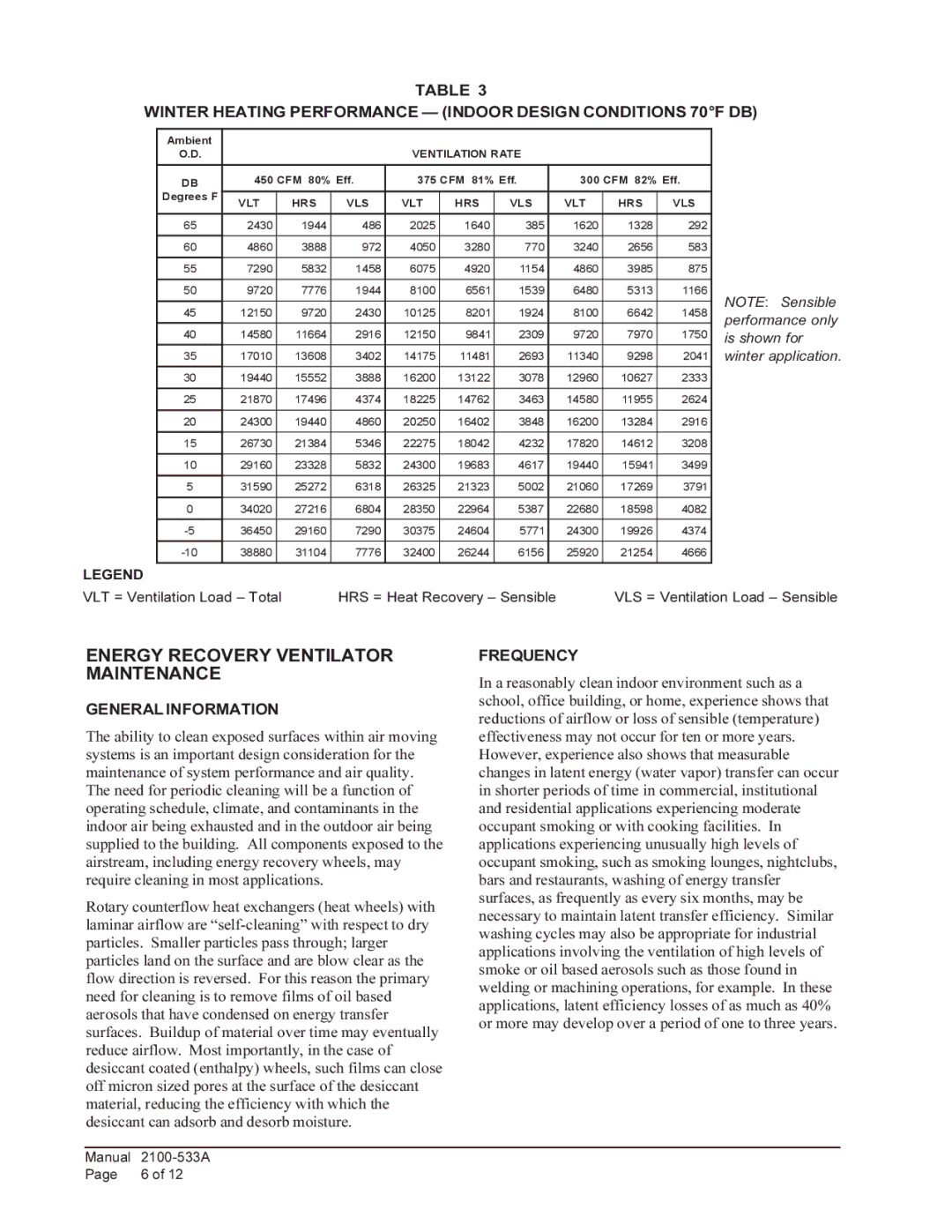920-0074 qwserv specifications
The Bard 920-0074 QWServ is an innovative heating and cooling system designed to provide optimal performance in a wide range of applications. This unit is particularly suited for use in commercial and industrial settings, where efficiency and reliability are paramount. With its advanced features and cutting-edge technology, the Bard 920-0074 QWServ stands out as a leader in climate control solutions.One of the main features of the Bard 920-0074 QWServ is its robust construction, which ensures durability and longevity in harsh environments. The unit is designed with a steel cabinet that is galvanized to prevent corrosion, making it suitable for both indoor and outdoor installations. Its compact design allows for easy integration into existing structures without requiring significant modifications.
The Bard 920-0074 QWServ utilizes a powerful heat pump system, which is capable of both heating and cooling, ensuring year-round comfort. The heat pump operates efficiently, utilizing advanced refrigerant technology that minimizes energy consumption and reduces operational costs. This energy-efficient design not only helps save on utility bills but also promotes environmentally friendly operation by lowering carbon emissions.
In terms of control technologies, the Bard 920-0074 QWServ is equipped with advanced digital controls that allow for precise temperature regulation and easy programming. This feature enables users to set schedules and temperature zones according to their specific needs, enhancing comfort and efficiency. Additionally, the system is compatible with smart building technologies, allowing for remote monitoring and control via mobile devices or building management systems.
Another key characteristic of the Bard 920-0074 QWServ is its noise reduction technology. The unit operates quietly, making it ideal for settings where noise pollution can be an issue, such as schools, offices, and healthcare facilities. The combination of sound-absorbing materials and advanced fan design contributes to a peaceful indoor environment.
Overall, the Bard 920-0074 QWServ is engineered for high performance and reliability, making it an excellent choice for those seeking an efficient heating and cooling solution. With features that prioritize energy efficiency, durability, and user-friendly controls, this unit meets the demands of modern commercial and industrial applications, ensuring comfort and satisfaction for its users.
